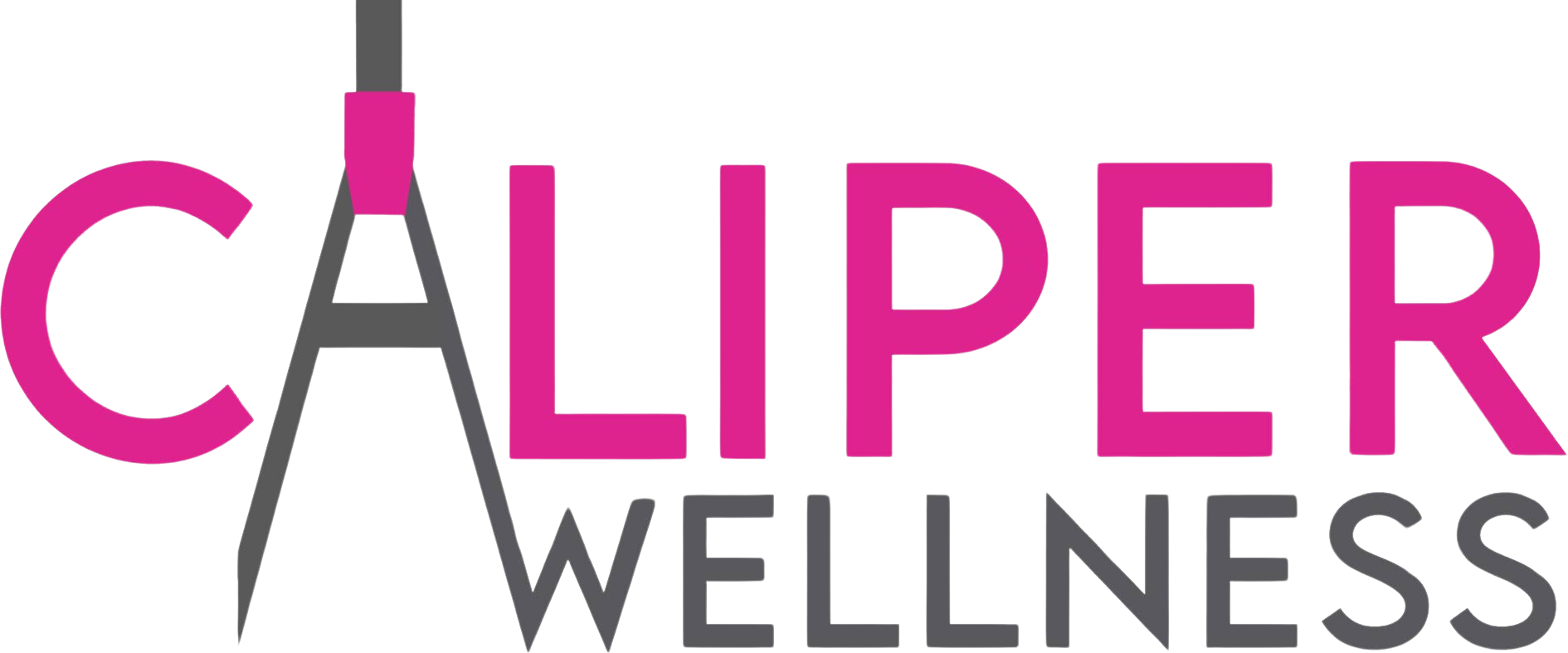By: Karen Schwartz, LMHC and Yvette Triana, LMHC
Understanding the Challenge
Anxiety and tension are frequently brought on by the change from a carefree summer schedule to an organized school timetable. Students could be concerned about their social lives, their academic standing, and the demands of their hectic schedules. The need to balance their personal obligations and their children’s schedules can leave parents feeling overburdened.
Using CBT Skills to Navigate the Transition
As a Licensed Mental Health Counselor (LMHC), applying CBT skills can effectively manage these challenges. Here are some key strategies:
- Cognitive Restructuring and Identify Negative Thoughts: As students prepare to return to school, help them identify negative thoughts they may have, such as “I won’t be able to keep up with my classes.”
- Challenge and Reframe: Assist them in refuting these ideas by requesting proof and considering more impartial viewpoints. For example, “I did well last year, and I can manage this year too.”
- Routine Establishment and Behavioral Activation: Reintroduce a school routine gradually prior to the start of the term. Establish regular wake-up and sleep times and schedule your morning and evening activities to coincide with the school day.
- Task Breakdown: Divide academic work into smaller, more doable chunks. As an illustration, arrange your school materials, go over the forthcoming syllabus, and make short-term objectives.
- Exposure Therapy and Gradual Exposure: If a student feels anxious about specific aspects of school (e.g., meeting new teachers or classmates), gradually expose them to these situations. This could involve visiting the school beforehand or having small group interactions with peers.
- Problem-Solving Skills and Anticipate Challenges: Assist students in foreseeing possible obstacles and establishing methods to overcome them. Playing through several scenarios helps increase readiness and confidence.
- Action Plans: Draft plans of action for common problems, such managing the stress of homework or efficiently managing time.
- Relaxation Techniques and Mindfulness and Relaxation: Teach students relaxation techniques such as deep breathing, progressive muscle relaxation, or mindfulness meditation to manage stress and anxiety.
- Scheduled Downtime: Ensure there’s time for relaxation and leisure activities in their daily routine to balance academic and extracurricular demands.
Parental Involvement
To help their children make the adjustment back to school, parents are essential. Here are some pointers:
- Model Positive Behavior: Demonstrate a positive attitude towards the school routine.
- Provide Support: Be available to listen and support your child’s concerns.
- Promote Independence: Encourage kids to assume accountability for their work to promote independence.
Monitoring Progress
Check in with your kids frequently to assess their growth and make any strategy adjustments. Celebrate small successes in addition to the big ones to boost self-esteem and inspiration.
Conclusion
By utilizing CBT skills, students and parents can manage the transition back to school more effectively, reducing anxiety and stress. This approach not only helps in adapting to the new routine but also builds resilience and coping strategies for future challenges.
Caliper Wellness is here to help with this transition and many others. If you notice your kid is continuing to struggle, please reach out and let us help. We are here for them and for the parents as well. As we know this can be a stressful time.



